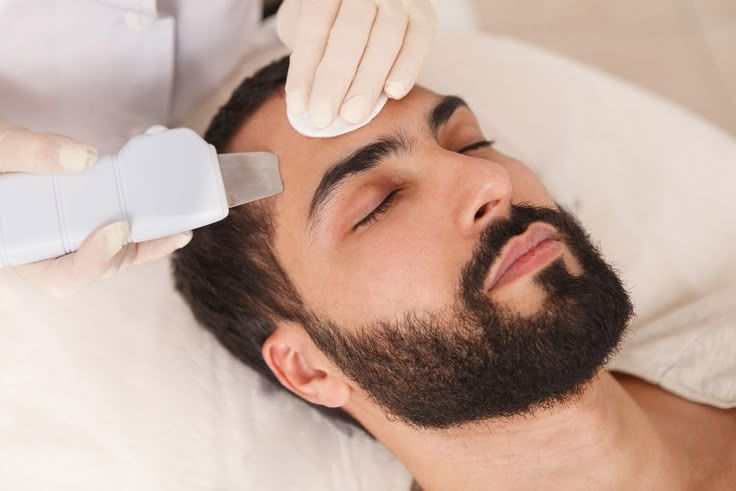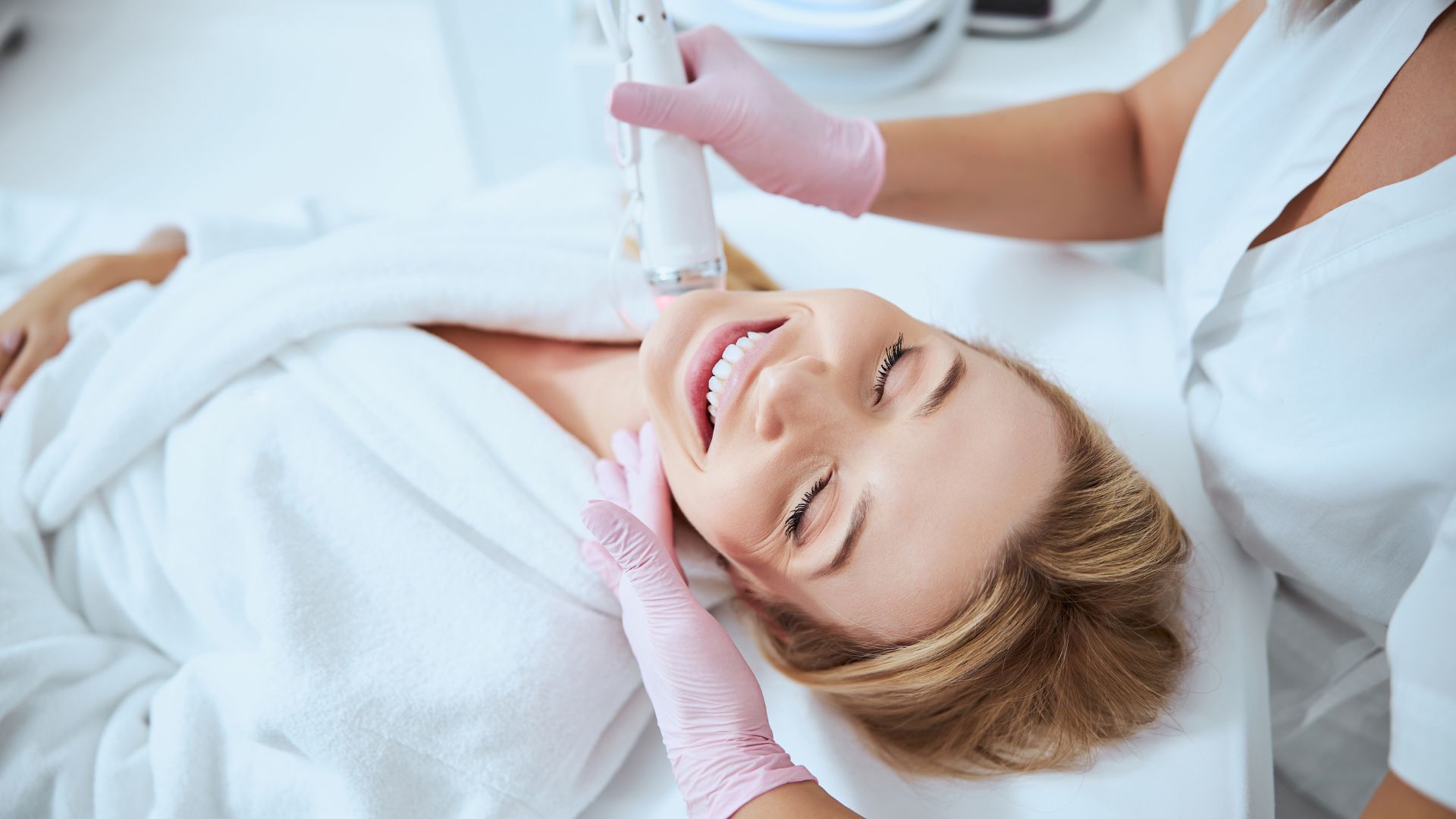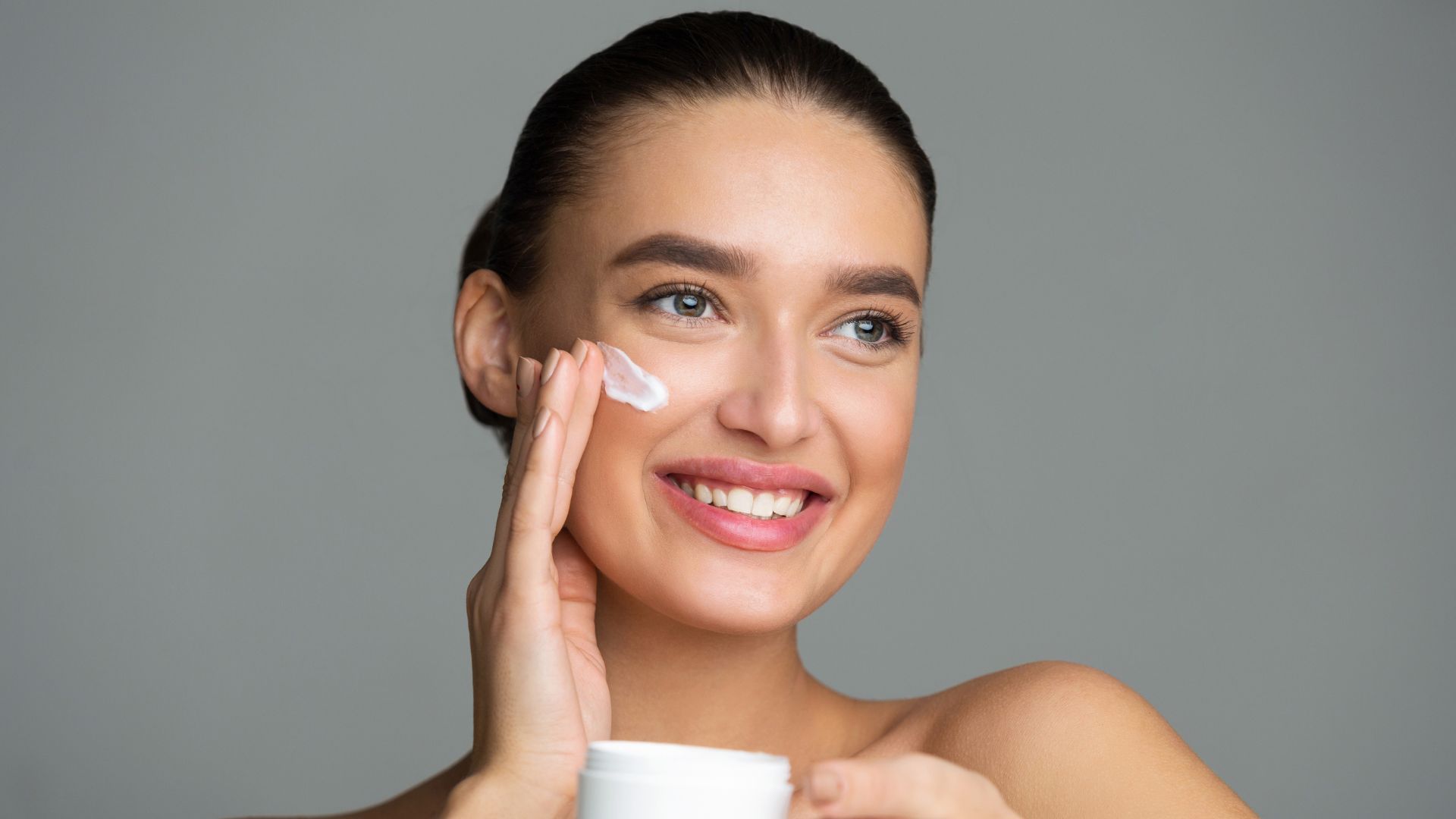The Art of Rejuvenation: Exploring Medical Spa Botox Treatments
In today's fast-paced society, medical spa treatments, particularly Botox, have emerged as a popular method for rejuvenation. These minimally invasive procedures are much sought after for their ability to mitigate the tell-tale signs of aging. This piece delves into the world of Botox treatments, shedding light on the procedure, its benefits, and the science behind its effectiveness. Join us, as we embark on a journey to understand the art and science of rejuvenation through Botox treatments.
Botox as an Anti-Aging Solution: How It Reduces Wrinkles and Fine Lines
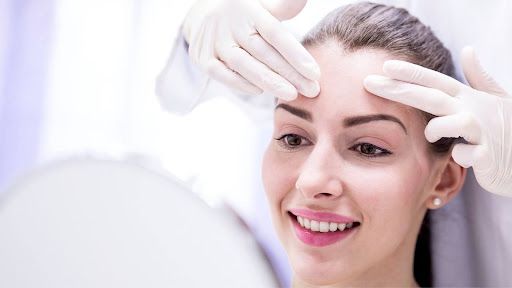
Botox, one of the most well-known med spa services, is renowned for its ability to smooth wrinkles and reduce the appearance of fine lines, elevating it to the forefront of anti-aging solutions. A type of dermal filler, Botox cosmetic is essentially a purified form of botulinum toxin, a naturally occurring protein. This toxin, when injected in precise amounts into specific muscles, leads to localized relaxation. As a result, facial wrinkles caused by the constant contraction of these muscles, especially those on the forehead and around the eyes, soften and become less noticeable.
The process of administering Botox injections is swift and requires minimal downtime, making it a convenient option for those with busy schedules. The effects are also relatively long-lasting, usually maintaining their impact for about three to six months. Importantly, Botox treatments are customizable – a skilled med spa professional can adjust the quantity and location of the injections to suit individual needs and desired outcomes.
In the realm of skin rejuvenation, Botox stands out as a non-surgical, effective method that complements an overall skin care regimen. As such, it continues to be a trusted choice for those seeking a refreshed, youthful appearance.
The Role of Botulinum Toxin: How Medical Spa Botox Works in Facial Rejuvenation

The role of Botulinum toxin in facial rejuvenation, specifically through Botox treatments, cannot be overstated. As one of the most popular cosmetic procedures offered by med spas, Botox leverages the unique properties of this toxin to influence the muscles that contribute to facial expressions and the formation of wrinkles. Once injected, botulinum toxin blocks nerve signals in the muscles where it has been administered, preventing these muscles from contracting. This, in turn, relaxes and softens wrinkles, effectively rejuvenating the facial skin.
Among the range of dermal fillers and treatment options a medical spa offers, Botox is a leading choice for many. Its application requires specialized training and is typically administered under the guidance of a supervising physician. Many med spas across the globe offer Botox, and other wrinkle relaxers, as part of their service roster due to its proven efficacy and high patient satisfaction rate.
In addition to its wrinkle-relaxing properties, Botox can also work in synergy with other dermal fillers to restore volume in areas of the face that have lost fullness due to aging. This combined approach often results in a more comprehensive facial rejuvenation, fulfilling the increasing demand for non-surgical aesthetic enhancements. Thus, Botox continues to hold its place as a cornerstone in the world of aesthetic medicine.
Precision in Administration: Artistic Application of Botox in Med Spa Services
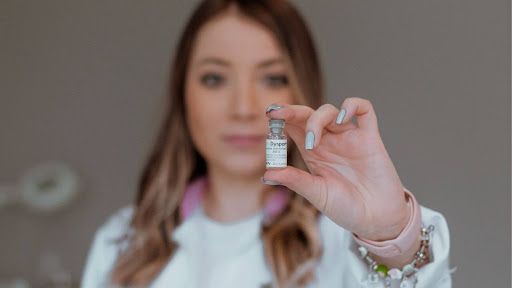
The artistic application of Botox in med spa services requires a precision that is both scientific and aesthetic. This involves a careful analysis of the facial structure, an appreciation for natural beauty, and a deep understanding of the underlying musculature. A skilled board certified dermatologist or aesthetic professional treats the process as an art form, precisely injecting Botox to create a balanced, rejuvenated look that enhances the individual's natural features and reduces signs of aging, particularly dynamic wrinkles.
The precision in Botox administration extends beyond wrinkle reduction. In some cases, it's used alongside other cosmetic services such as liposuction or non-invasive fat reduction treatments to sculpt the face. The understanding of how to precisely target fat cells to create a harmonious facial contour is yet another aspect of the artistic application of Botox, blurring the lines between traditional doctor's office treatments and the holistic approach offered by med spas.
The treatment plan is tailored to each patient, taking into account factors such as age, skin condition, and aesthetic goals. This personalized approach demands a high level of skill and artistry from the administering professional, reinforcing the importance of choosing only those med spas with proven expertise in the field. Ultimately, the artistic application of Botox is about enhancing one's beauty while preserving the uniqueness of their appearance, a delicate balance that requires both precision and an artist's touch.
Complementary Procedures: Enhancing Results with Dermal Fillers and Botox
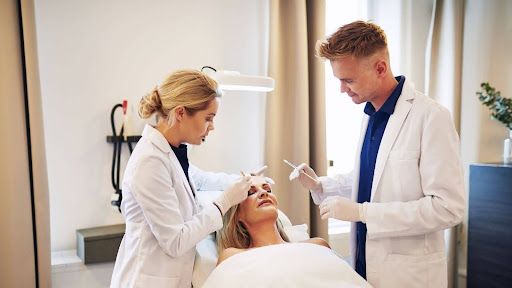
While Botox is excellent for smoothing out dynamic wrinkles, dermal fillers provide a solution for static wrinkles, such as marionette lines, and areas of the face that have lost volume due to aging. One of the most common types of dermal fillers used in medical spas is hyaluronic acid. This substance, naturally produced by our bodies, hydrates and adds volume to the skin, helping you look your best self. When skillfully administered by physician assistants, injectable hyaluronic acid can plump up the cheeks, augment the lips, and smooth out the nasolabial folds and marionette lines, providing an immediate lift and promoting collagen production for long-term benefits.
Combining Botox with dermal fillers allows for a more comprehensive approach to facial rejuvenation. By relaxing the muscles with Botox and restoring volume with dermal fillers in the targeted area, physicians can achieve optimal results, creating a revitalized and youthful appearance. The two treatments are often performed during the same visit, and most patients tolerate them well, experiencing only minimal discomfort.
These procedures must be performed by a trained professional who can assess your needs accurately and administer the treatments safely. Reputable medical spas employ experienced physician assistants who are well-versed in facial anatomy and proficient in the artful application of both Botox and dermal fillers. With the correct placement and amount of injectables used, patients can enjoy a natural-looking enhancement that brings out their best features while minimizing signs of aging.
Ultimately, the combination of Botox and dermal fillers can provide a non-surgical facelift, offering a refreshed and rejuvenated appearance. This approach proves that the most effective treatments are those that are customized to the individual, addressing their unique needs and goals. By viewing each patient as a unique canvas, professionals in medical spas ensure each individual is treated with the utmost care and expertise, delivering results that truly enhance their natural beauty.
Tailored Treatments: Customizing Botox Procedures for Individual Aesthetics
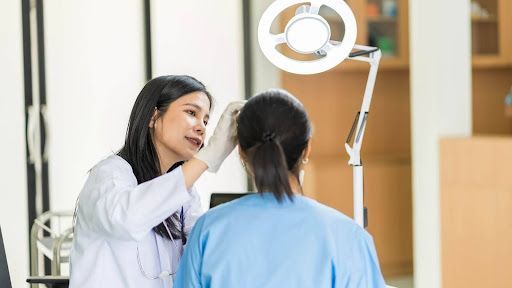
The process of customizing Botox procedures for individual aesthetics in a medical spa setting is a matter of a keen understanding of facial anatomy and the unique features of each patient. A cookie-cutter approach does not work in the realm of facial aesthetics; each individual has their own set of unique features, facial expressions, and aesthetic goals. Hence, the most effective Botox treatments are those that are tailored to the individual.
The initial consultation is crucial in developing a customized treatment plan. The aesthetic professional will discuss the patient’s concerns, expectations, and medical history. This is followed by an in-depth analysis of the patient’s facial structure, skin condition, and muscle movements. The treatment plan is then designed to address the dynamic wrinkles and fine lines that concern the patient the most, while still preserving the natural expressions that define their face.
The customization also extends to the selection of Botox dosage. The amount of Botox used during treatment varies from person to person, depending on factors such as the thickness and strength of the muscles being treated.
Areas typically targeted with Botox include the forehead, the area between the eyebrows (glabella), and the sides of the eyes (crow’s feet). However, the specific areas being treated and the techniques used are adjusted based on the individual's facial characteristics and goals.
In the hands of a skilled professional, customized Botox treatments can provide a refreshed, natural-looking appearance, maintaining the individual's unique facial expressions while smoothing out unwanted wrinkles and lines. This personalized approach ensures that patients receive treatments that are in harmony with their overall facial aesthetics, resulting in higher satisfaction rates and a more positive self-image.
The Aesthetic Process: Understanding Botox Injection Techniques
The aesthetic process and the understanding of Botox injection techniques require both skill and knowledge. The procedure typically begins with a thorough cleansing of the targeted areas. A topical anesthetic may be applied to minimize discomfort, although many patients find the injections easily tolerable even without it. In the hands of a trained professional, the medical-grade needle used for Botox injections causes minimal discomfort.
The injection technique itself is a delicate task that requires precision. Each injection must be placed carefully into the muscle that is causing the dynamic wrinkle. The depth, angle, and amount of Botox injected must be meticulously controlled to prevent unwanted side effects. Incorrect technique can lead to undesirable outcomes such as drooping of the eyelids or asymmetry.
Professionals must also understand the unique muscular structure and expressions of each patient. Knowledge of how each facial muscle interacts is crucial to achieve optimal results. For instance, treating the forehead without addressing the correlating muscles could result in an unnatural, 'frozen' look.
Post-treatment, patients are usually advised to move the treated muscles for a few hours, which helps to distribute the Botox evenly across the treatment area. It is also recommended to avoid laying down or doing strenuous exercise immediately after the treatment to prevent Botox from moving to unintended areas.
In conclusion, understanding Botox injection techniques is paramount for ensuring patient safety, achieving desired outcomes, and avoiding complications. It requires not only a comprehension of facial anatomy but also an artistic eye to preserve and enhance the patient's natural facial expressions. The procedure is both an art and a science, highlighting the importance of selecting a reputable, experienced professional for any Botox treatment.
If you're seeking a youthful, natural glow without the invasive techniques of surgery, look no further. At Bel Viso, our Nurse Practitioners specialize in injectable treatments that smooth lines, soften creases, and enhance facial contours. With a combined 12 years of experience, they will provide you with a comprehensive consultation, explaining the anti-aging process, reviewing anatomy, and helping you set achievable goals within your budget. Our FDA-approved treatments are safe and effective, injected beneath the skin to restore lost volume and reveal your natural beauty. To experience the highest level of care and expertise, reach out to us at Bel Viso. Discover a fresh, rejuvenated look today.
Our Recent News & Articles

